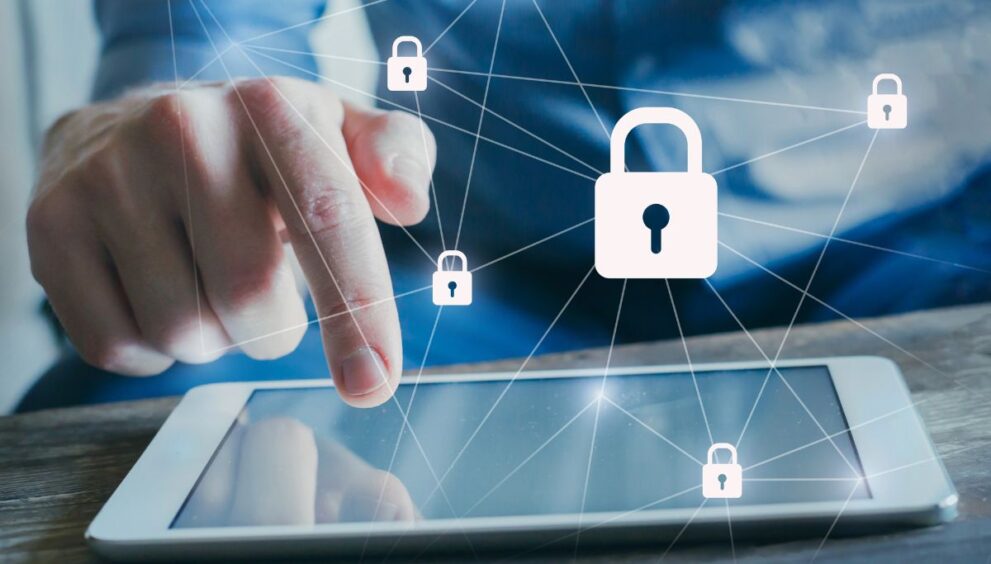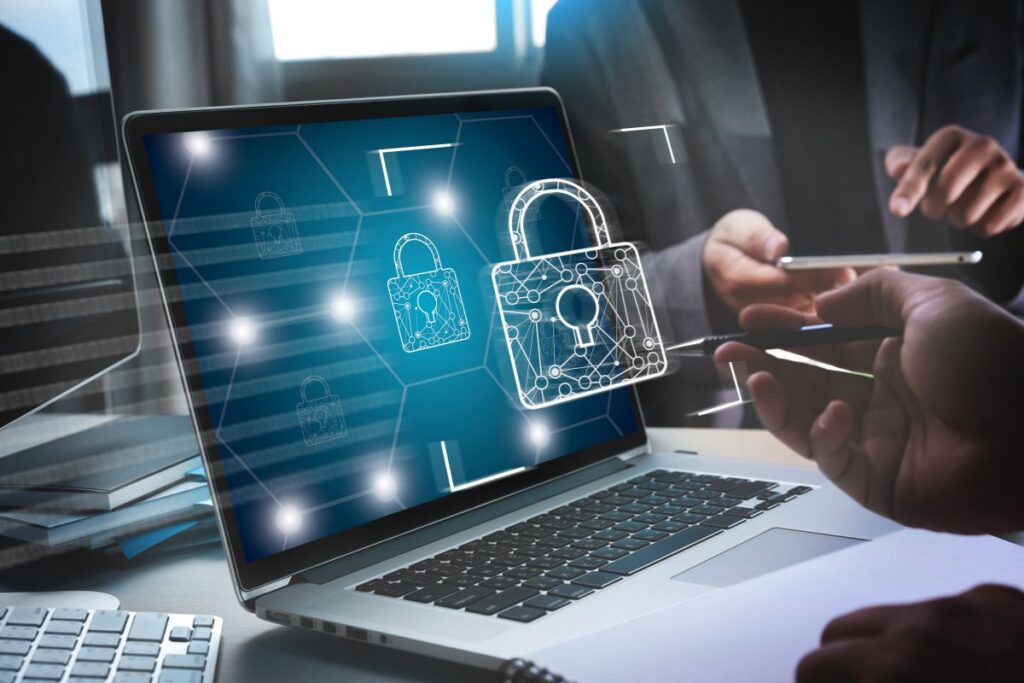Expert Strategies for Mitigating 5G Network Security Risks

The potential advantages of 5G networks, lightning-fast internet speeds, decreased latency, and game-changing capabilities for sectors like healthcare, autonomous vehicles, and intelligent cities are evident as the globe rushes toward their wide-scale deployment. These improvements do, however, come with a big problem: dangers to the security of the 5G network. 5G networks’ increasing interconnectedness and data flow makes new risks and threats possible. Experts have created effective techniques to reduce the dangers to the security of the 5G network to address these worries.
Enhancing Authentication and Access Control
Implementing strong authentication and access control techniques is one of the first stages in protecting a 5G network. With so many devices linked to the network, ensuring that only authorized users and devices have access is crucial. Experts advise using multi-factor authentication, digital certificates, and biometric verification to strengthen access control. By adding a layer of security, this strategy makes it much harder for unauthorized parties to access the network.
Encryption Everywhere
A crucial component of network security is encryption. Encryption must be used everywhere in a 5G environment—from device-to-device communication to data transmission and storage. Experts recommend end-to-end encryption to guarantee that data is secure and confidential throughout the network transmission. Firms should also often upgrade their key management and encryption processes to stay ahead of developing risks.
Security through Network Slicing
Network slicing, which enables the construction of isolated virtual networks within the infrastructure, is one of 5G’s advances. Although this provides excellent customization and flexibility, it also raises security issues. The experts advise putting strong security and monitoring controls in place for each network slice. Each slice should be viewed as a separate network with security standards to stop the lateral transfer of threats.
Zero Trust Architecture
In terms of 5G security, Zero Trust Architecture (ZTA) has grown in popularity. This paradigm assumes no user or device should be implicitly trusted, even inside the network perimeter. Continuous monitoring, real-time threat analysis, and adaptive access controls are required for ZTA implementation. It is a proactive strategy that aids in real-time detection and mitigation of security threats.

Security by Design
During the deployment of 5G networks, security should be addressed. It needs to be incorporated right away into the design and development process. According to experts, every network planning and implementation stage should include security assessments and risk analyses. It ensures potential flaws are found and fixed before they can be exploited.
Sharing of Cooperative Threat Intelligence
Collaboration is essential in a time when cyber dangers are continually changing. Experts advise organizations to take part in cooperative threat intelligence-sharing efforts. To build a solid collective defense against skilled attackers, industry peers and government organizations should share information about new threats and vulnerabilities.
Consistent Security Testing and Audits
Security audits and testing must be done to keep one step ahead of hackers. To find flaws in their 5G networks, organizations should perform regular penetration tests, vulnerability assessments, and security audits. These tests can reveal undetected vulnerabilities and confirm that security precautions will work as intended over time.
Employee Awareness and Training
Human error continues to pose a severe security risk. Comprehensive personnel training and awareness campaigns are part of expert techniques. Organizations can lower the risk of phishing attempts, social engineering, and other human-related security breaches by training personnel on the most recent security risks and best practices.
Conclusion
Although the rollout of 5G networks offers previously unheard-of prospects for innovation and connection, it also brings brand-new, challenging security issues. Enhanced authentication, encryption, network slicing security, zero trust architecture, security by design, collaborative threat intelligence sharing, frequent security audits, and employee training are just a few of the expert tactics that firms must implement to protect these networks.
Organizations may effectively reduce the dangers to the security of 5G networks by putting these techniques into practice, ensuring that the benefits of 5G technology are realized without compromising data security, user privacy, or system dependability. Security must continue to be at the forefront of technology breakthroughs in a world where connectivity is crucial.






